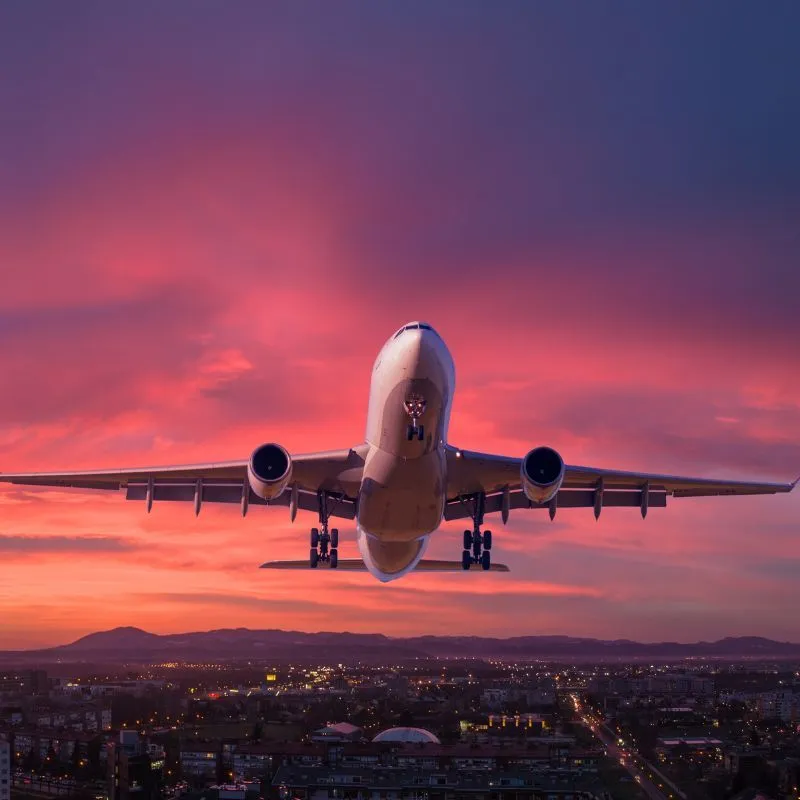May 29 (Punjab Khabarnama) : AirAsia Launched another flight to India this week. It connected Kuala Lumpur – its hub with Bhubaneshwar. Come August this year, 17 destinations from India will be connected to Kuala Lumpur. This is three more than what the connectivity was in December 2019, before COVID started impacting tourism in China, South East Asia and then the whole world.
The India – Malaysia connectivity will be at 211 weekly flights each way as compared to 233 pre-COVID. However, the spread is higher than before. The reduction has come led by IndiGo which operates 14 fewer flights per week now, a sharp drop of 66% as compared to its pre COVID operations. The data has been sourced from Cirium – an aviation analytics company, exclusively for this article.
Who is leading the charge?
AirAsia Bhd, which once had a subsidiary in India in the form of AirAsia India (49% stake) is leading the charge with 94 frequencies a week as compared to 90 pre-COVID. The airline is spreading to places like Calicut, Guwahati, Jaipur and other Tier II cities which are part of open skies to ASEAN countries. Malaysia Airlines will see 68 weekly frequencies as compared to 60 pre COVID. This includes starting new flights to Amritsar, Ahmedabad and Trivandrum.
Batik Air Malaysia (erstwhile Malindo) has shrunk, with a reduction of 20 frequencies a week, coming down from 55 weekly to 35 weekly.
Indian carriers have failed
Indian carriers have tried connecting Kuala Lumpur to their network multiple times. Back in the mid 2000s, Air India operated to Kuala Lumpur twice a week with the A310. These were supplemented with flights from Chennai by Indian Airlines and Jet Airways. The connectivity at the start of 2000 comprised just 14 flights, nine by Malaysia Airlines and five by Air India & Indian Airlines combined. Jet Airways and Air Sahara joined in when they got approval to fly international in 2005. The competition from the Malaysian side became intense after the entry of AirAsia in 2009. Gradually airlines from India started pulling out, with Air India, Indian Airlines, Air Sahara, Jet Airways all vacating the route while the last one Air India Express vacating the market in 2016. IndiGo entered in 2019, but has kept a token presence with a single daily to Kuala Lumpur from Chennai, long moving out of Delhi and Bengaluru markets.
Will Indian carriers make a dent?
Malaysia is one of the handful of countries where there is such a large tilt. While there is more traffic to Dubai or Thailand or Singapore, there is a great deal of Indian presence and at times it is equal.
News reports and airport listings have shown flights to Kuala Lumpur by airlines from the Tata group. The formal announcements have not happened but if and when they do, the focus will not be on the traffic between the two countries but competing with the likes of Emirates and Malaysia Airlines to Europe and North America. While this means leaving out the high volume Origin – Destination (O-D) market to the Malaysian carriers, it will be a wise strategy to avoid the cut throat market in current times of supply chain constraints.
IndiGo has signed an MoU with Malaysia Airlines to implement a codeshare and partnership in future. If and when that happens, will the airline mount additional flights to Kuala Lumpur. IndiGo shifted to Terminal 1 (KLIA) from KLIA 2 where it was operating from when it launched flights, which will help seamless transfers.
Tail Note
The traffic between the two countries stands at close to 4000 passengers each way non-stop, there remain additional numbers which travel via Singapore or Thailand and club work or holidays with neighbouring countries.
In terms of capacity, Thailand and Singapore see their local carriers and Indian carriers being neck to neck. Malaysia, which lies in the middle of these two has been a tough nut to crack. Will Indian carriers do so in future?

